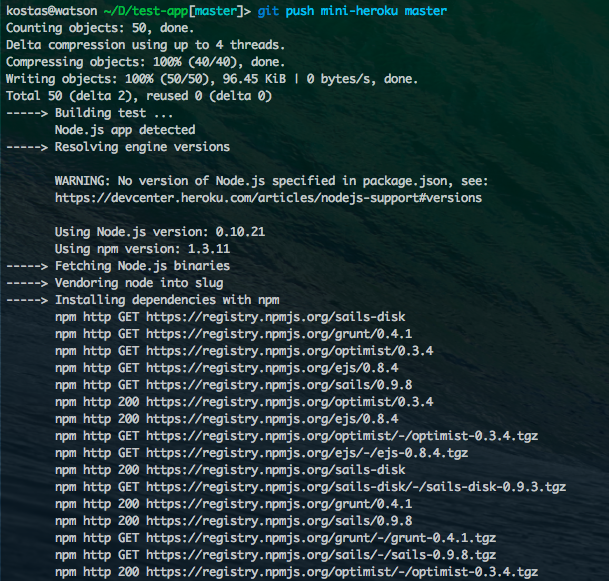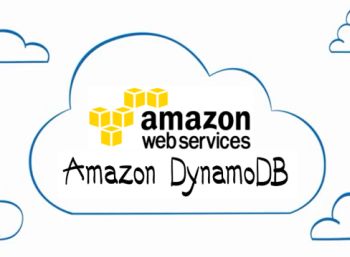Meteor

For the past year, I’ve been working mainly with AngularJS and before that Ruby on Rails. I’ve never heard of Meteor until a few weeks ago. I am intrigued by the idea of tightly connecting the client and server together in a synergistic manner that allows for fast responsiveness, which is what Meteor is all about. I decided to go through Meteor’s tutorial online and get a feel for why the framework differentiates itself from other current technologies. From a very high level perspective, Meteor is a very good solution for quickly building an application from the ground up and provides some cool features out of the box.









